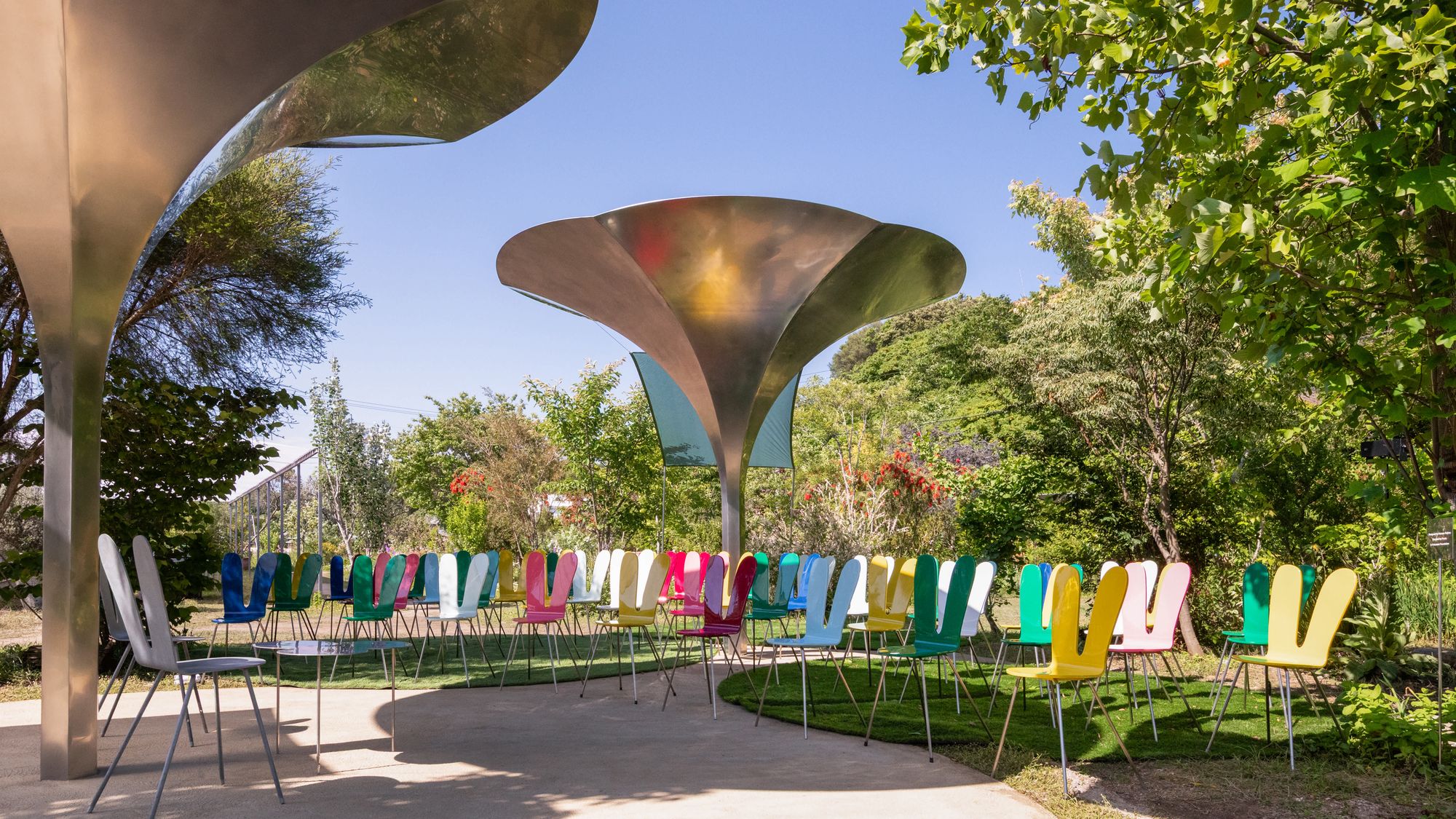At the twelfth edition of Prada Mode, the celebrated architect transforms cultural programming into an enduring meditation on architecture, community, and the aesthetics of permanence.
By The Cultural Affairs Editorial Team
As the season shifts into summer, Prada Mode Osaka converges with contemporary art and architecture in the 12th edition of Prada Mode, emerging as a sophisticated cultural convergence.
Running from June 4–15th, the latest installment of Prada's itinerant cultural platform brings together a constellation of artists, architects, and thinkers around a singular vision of architect Kazuyo Sejima. The program began with the Inujima Project from June 4–6th, followed by Prada Mode Osaka, which opened by invitation only on June 7th and to the public from June 8th–15th.
Following her celebrated Tokyo curation in 2023, this event marks the architect’s second collaboration with Prada Mode. With seventeen-years on Inujima, a remote island in Japan’s Seto Inland Sea, this event marks the transformative story of how architecture and the environment unite.
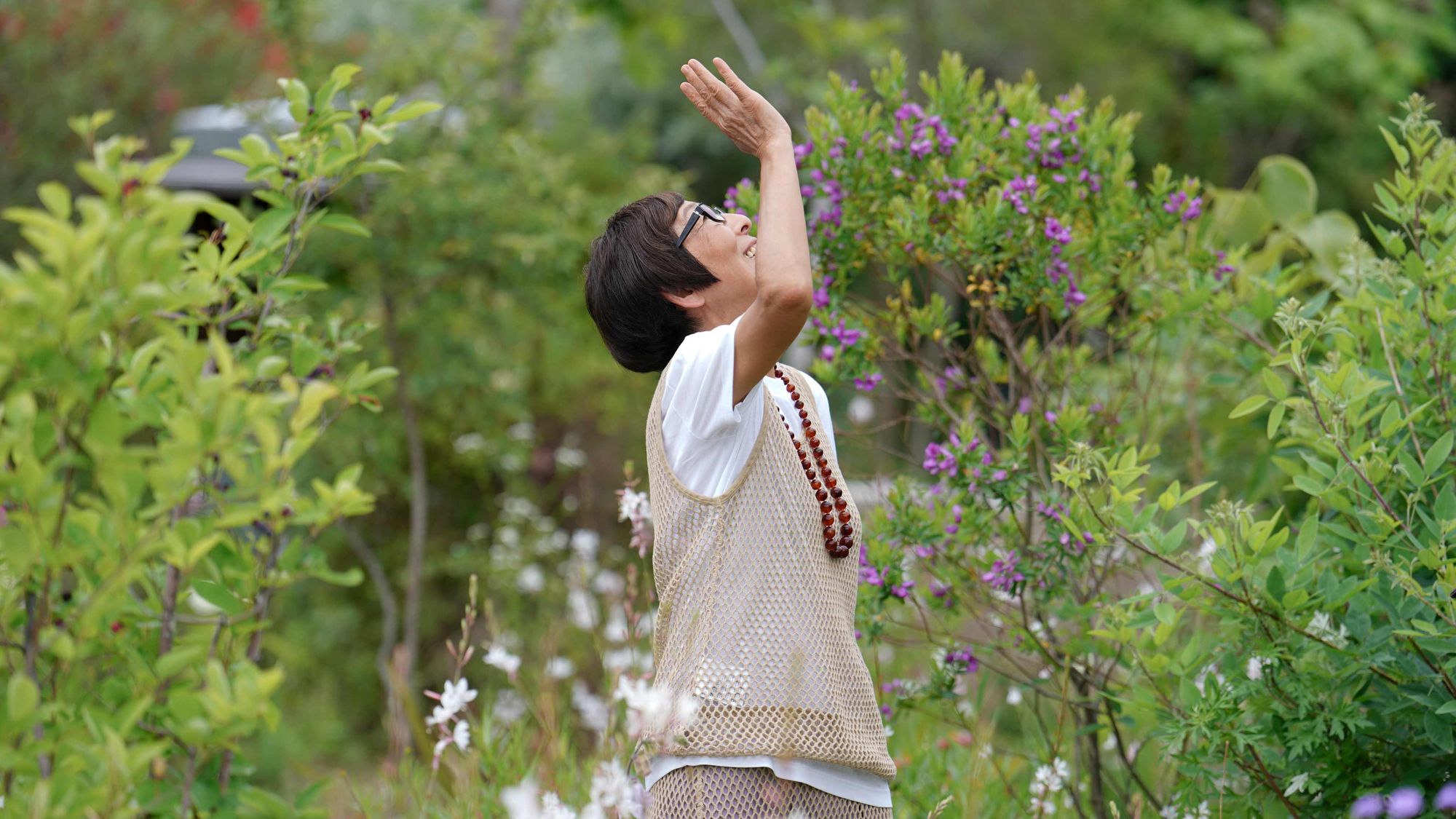
The Island as Canvas
In once-thriving copper country, Inujima had largely become obscure by the early 2000s, having been home to over 5,000 inhabitants. By 2008, only four decades had passed since its copper smelter days; by then, Inujima had downsized to just forty elderly residents. It was around this time that the now-renowned architect Sejima received an invitation from the Fukutake Foundation to envision the island anew: not as grand architectural landmark, but rather as a harmonious ecosystem gradually taking shape.
Over nearly two decades, Sejima has cultivated a subtle metamorphosis. Homes have been restored, art spaces sensitively integrated, community gardens planted, and visitor dwellings designed to merge with the existing rhythm of daily life. The result is not a masterplan but a living process — architecture in symbiosis with time, landscape, and memory. Now, at the heart of Prada Mode Osaka is a deeply considered exhibition housed within a SANAA-designed pavilion in Umekita Park, one of the largest new urban green spaces in the world, opened in late 2024. Through architectural models, archival film, and design studies, Sejima invites visitors into her philosophy of symbiosis — a merging of art, architecture, nature, and the rituals of ordinary life.
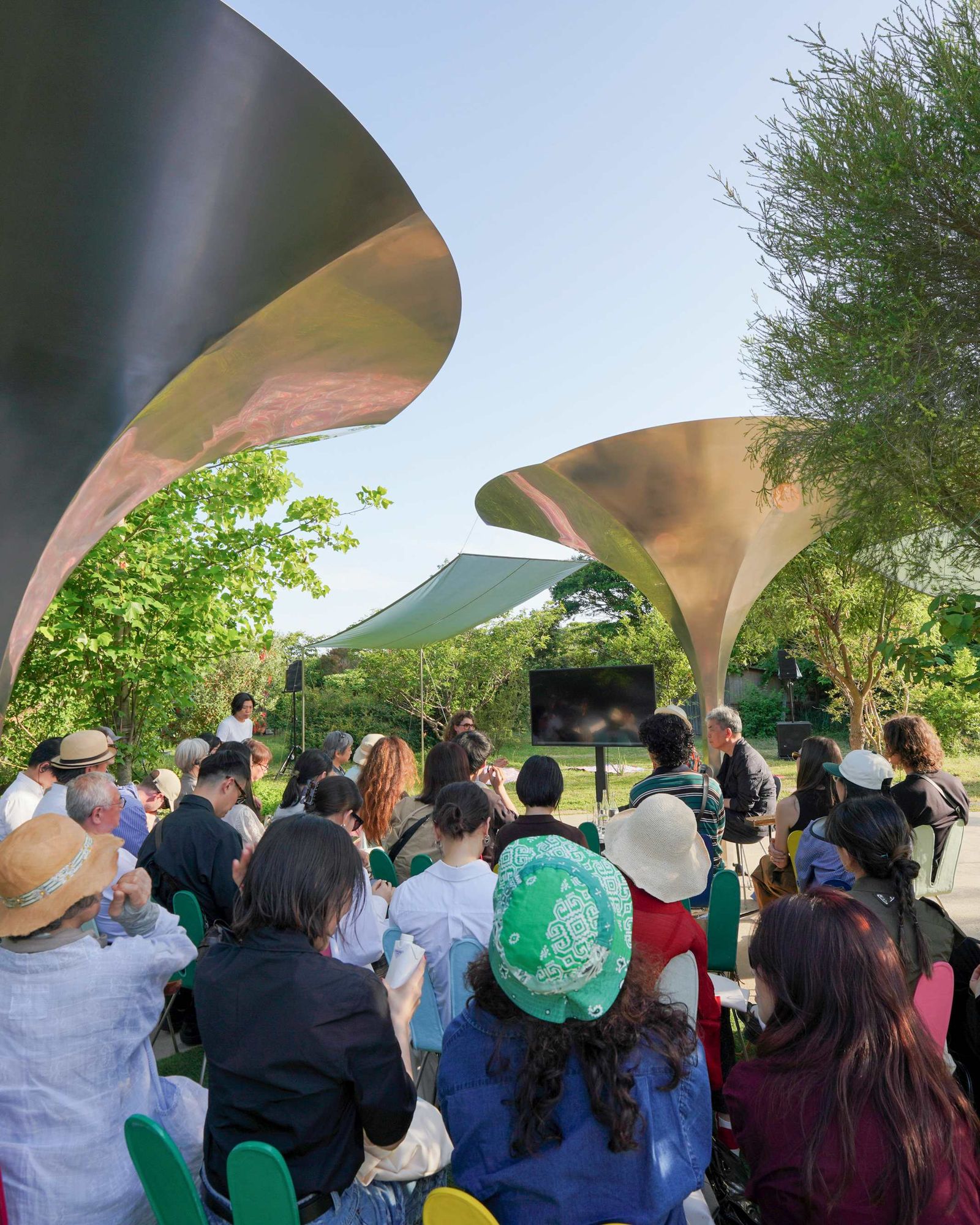
A Constellation of Cultural Luminaries
The dual-site programming, anchored in both Osaka and Inujima, has drawn mindful creatives from across the globe in celebration of the event’s interdisciplinary spirit.
Architectural collaborators including Ryue Nishizawa, Sejima’s SANAA co-founder, and Liu Jiakun, known for his poetic interrogations of contemporary Chinese landscapes, are joined by Yuko Hasegawa, the visionary curator who has shaped Inujima’s cultural identity under the Benesse Art Site Naoshima project. Minimalist composer Nik Bärtsch, experimental artist Keiichiro Shibuya, and genre-defying performer Reggie Watts reflect Sejima’s own restraint and fluidity. From contemporary art, Manuela Lucà-Dazio brings her East–West curatorial fluency, while C.A.R. (Contemporary Architecture Review) lends critical perspective.
Fashion and popular culture are deeply embedded in the guest list—a nod to Prada’s continued appreciation of interdisciplinary artists. Members of Super Eight (Tadayoshi Ohkura, Shingo Murakami) mingle with cinematic luminaries Riisa Naka, Mizuki Yamamoto, rising star Riho Yoshioka, and familiar talents, Chen Haoyu, Mirai Moriyama, and Meru Nukumi.
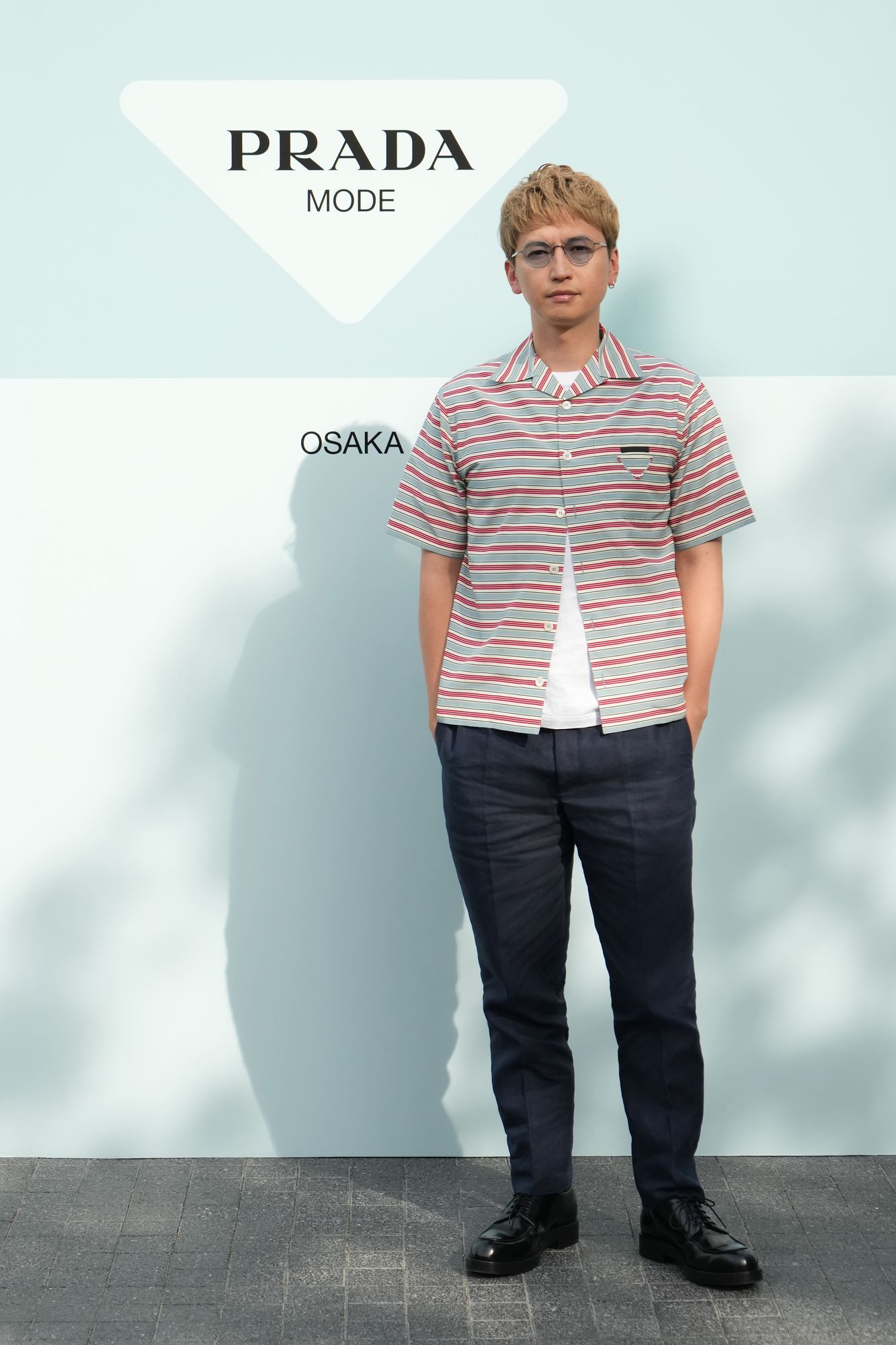
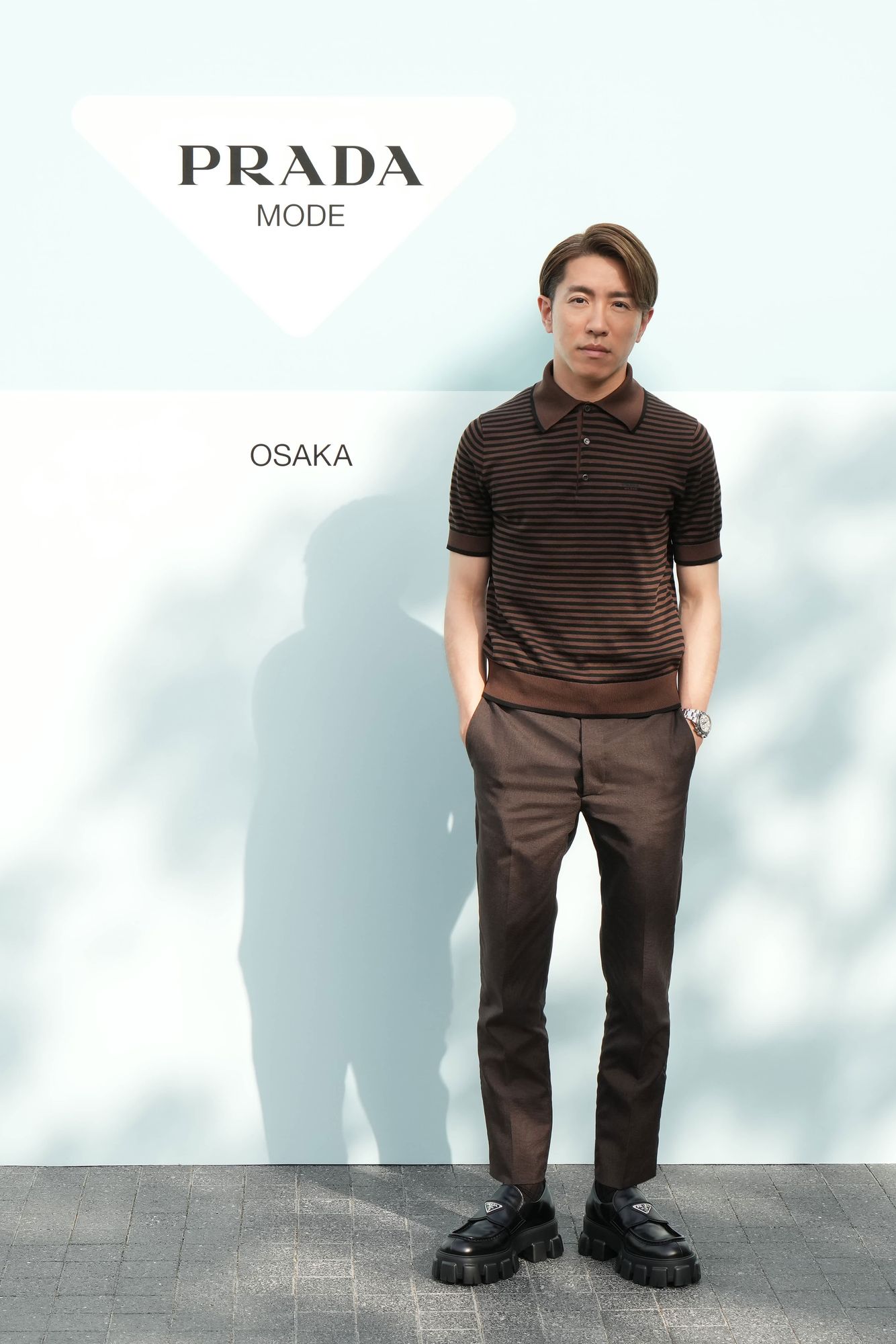
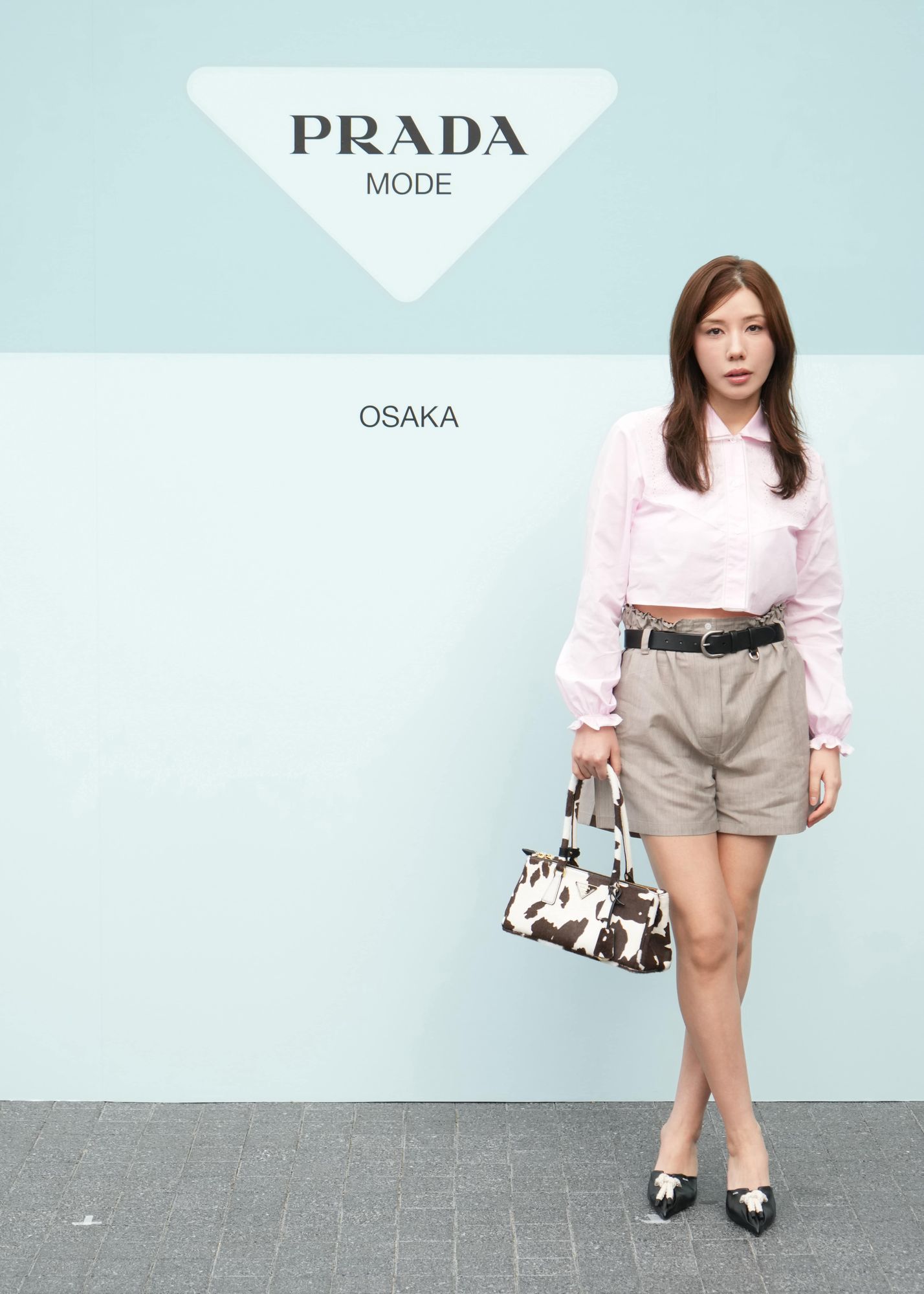
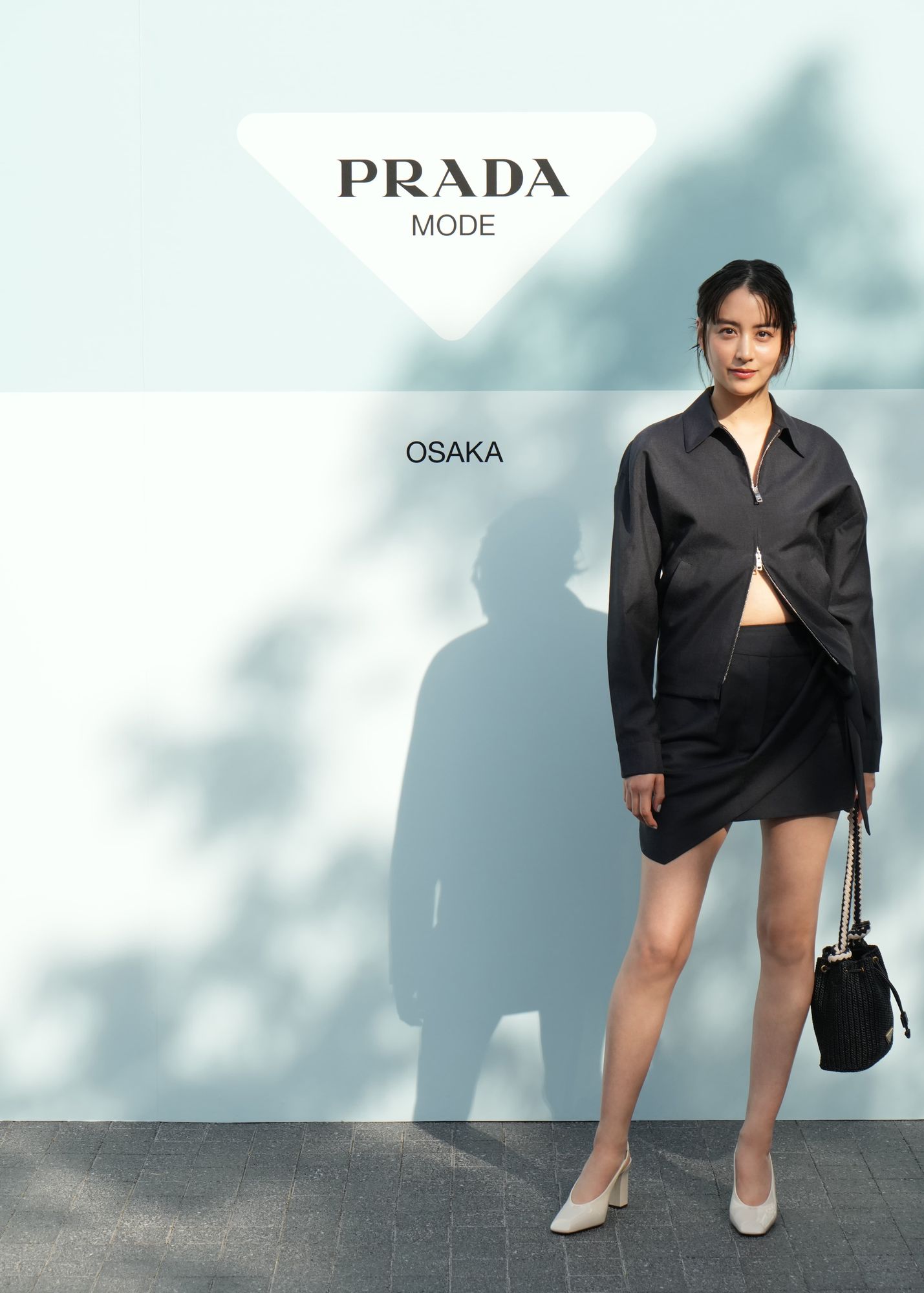
At the center of it all is Kazuyo Sejima, whose firm SANAA (co-founded with Ryue Nishizawa) was newly awarded the 2025 Royal Gold Medal by the Royal Institute of British Architects — a rare accolade that affirms her influence as one of the most quietly consequential architects of our time.
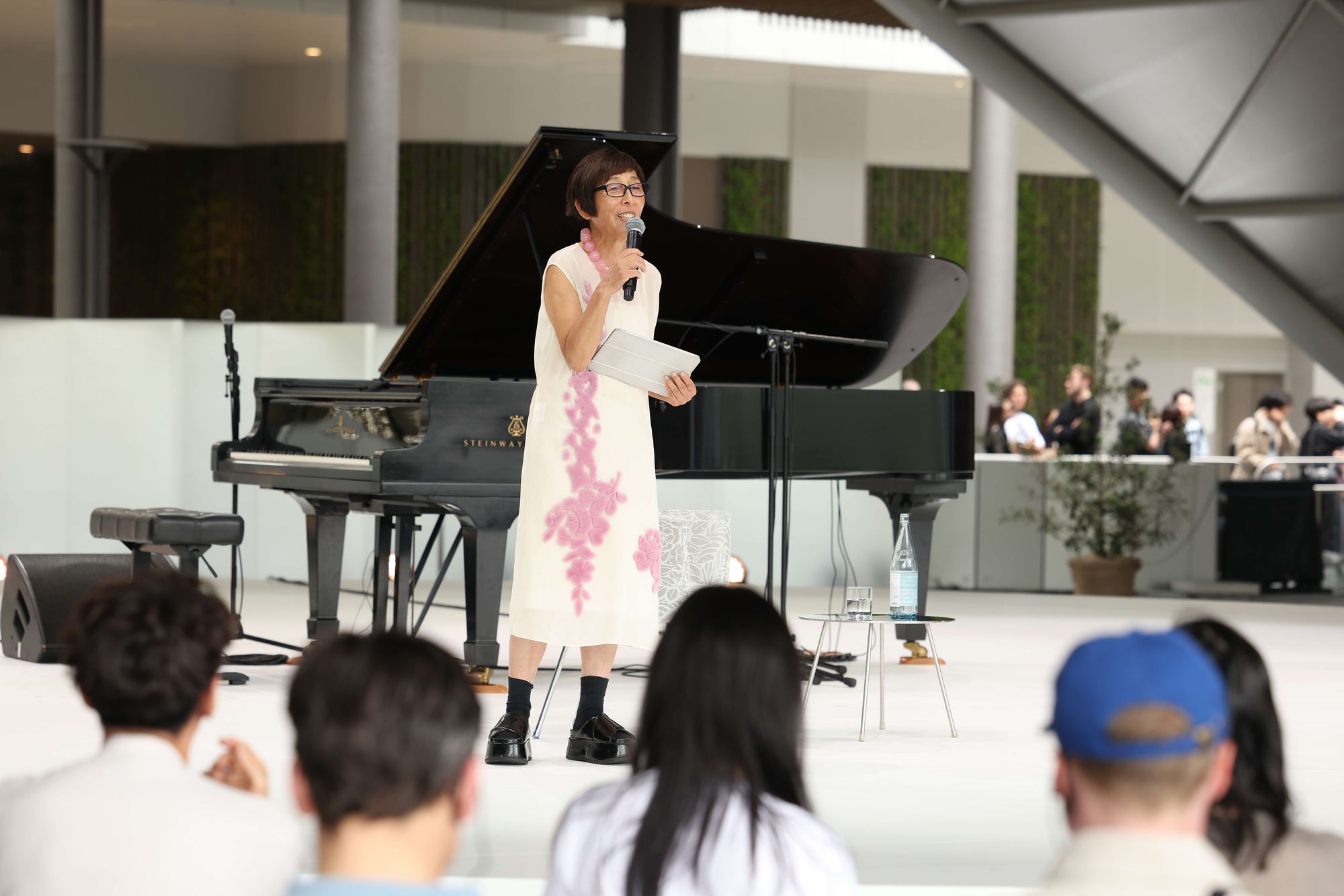
The Chapters of Prada Mode
Unlike previous Prada Mode chapters, which often take the form of cultural interventions, Osaka captures a commitment not just to programming but to place. The centerpiece of the Inujima programming is the unveiling of a permanent pavilion at Inujima Life Garden, designed by Sejima and gifted to the island by Prada. Here, fashion’s engagement with contemporary culture transcends aesthetics and becomes stewardship.
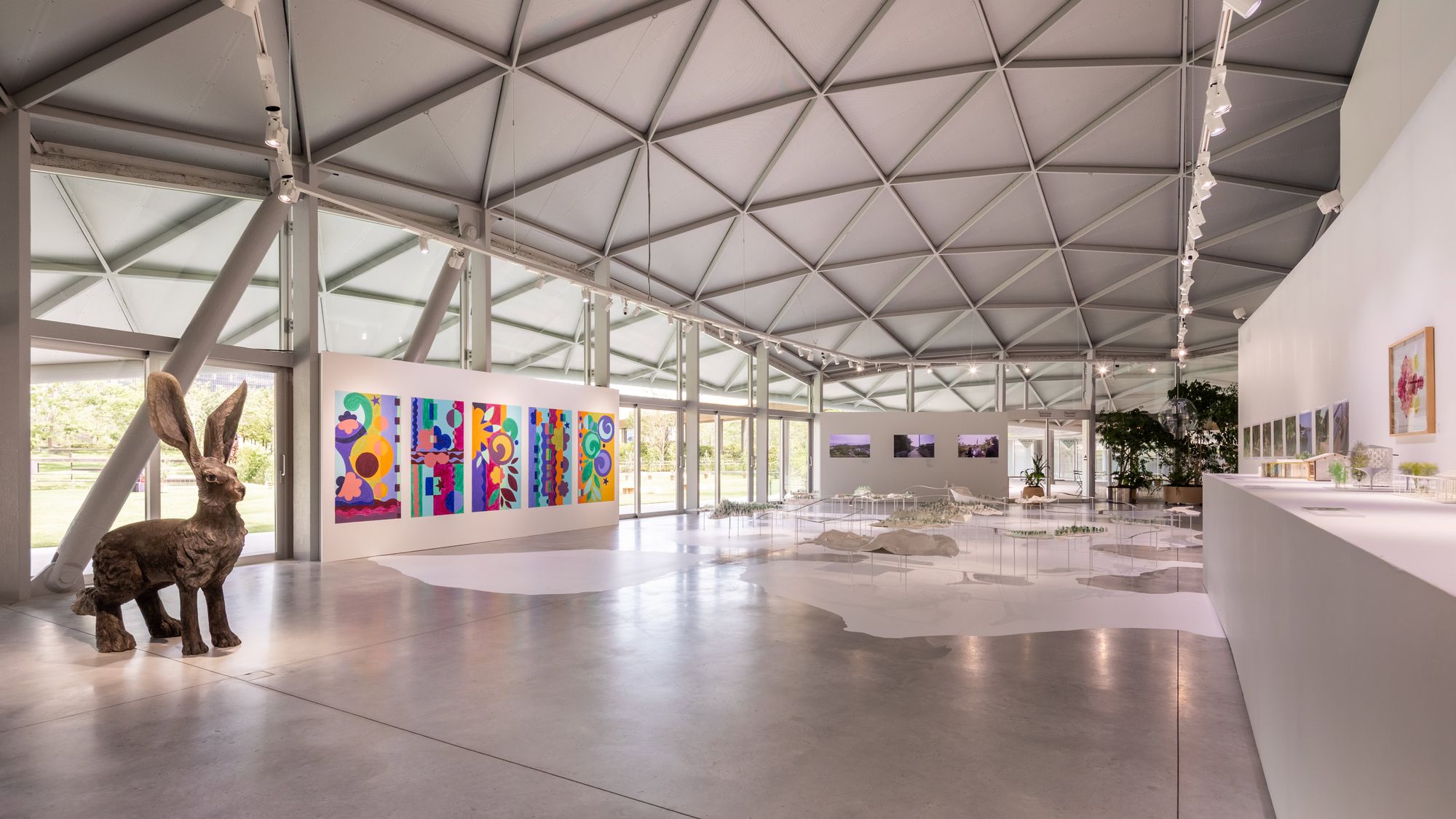
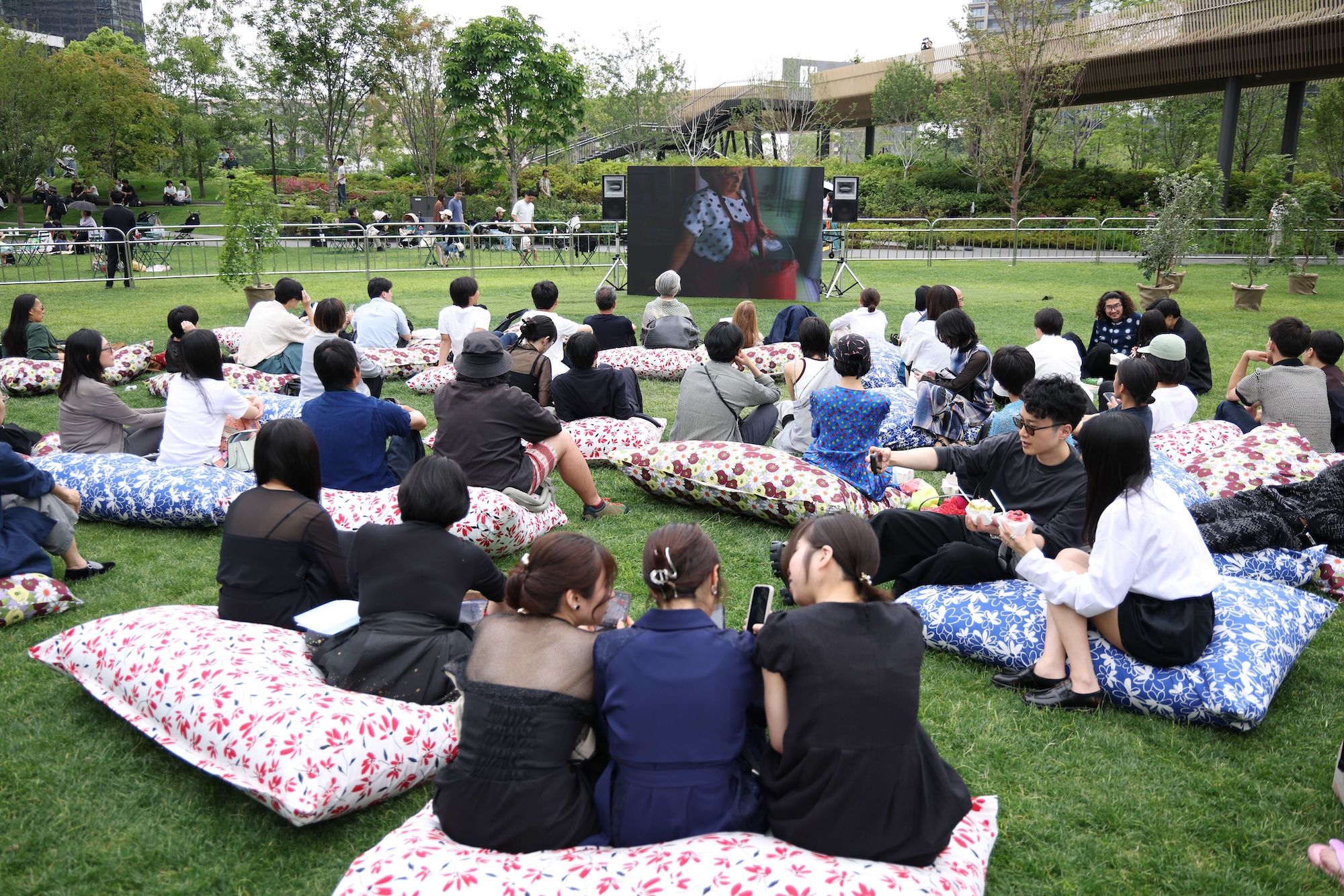
The Venice Continuum
Sejima’s curatorial directorship of the 2010 Venice Architecture Biennale reoriented architectural discourse around transparency, softness, and human connection. Prada Mode Osaka extends that ethos, using fashion’s global platform to amplify an urgent, nuanced question: what does it mean to build with empathy? In a nation confronting demographic shifts and rural depopulation, the Inujima project offers an alternative model: one that resists large-scale development in favor of incremental transformation. It honors the vernacular, reanimates the local, and proposes permanence over disruption.
A New Landscape, A New Language
As luxury culture reconsiders its responsibilities in the face of climate change and social complexity, Prada Mode Osaka charts a compelling path forward. It imagines fashion not just as trend, but as terrain — capable of supporting lasting, meaningful cultural growth. In Sejima’s world, architecture is not an object, but a vessel and the pavilion — delicately poised between earth and sky — is not just a structure but a seed.
